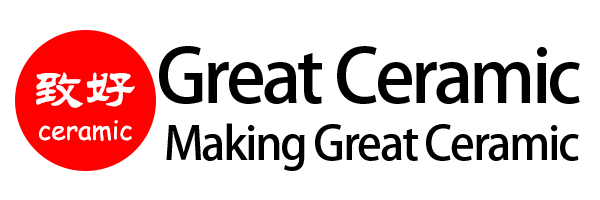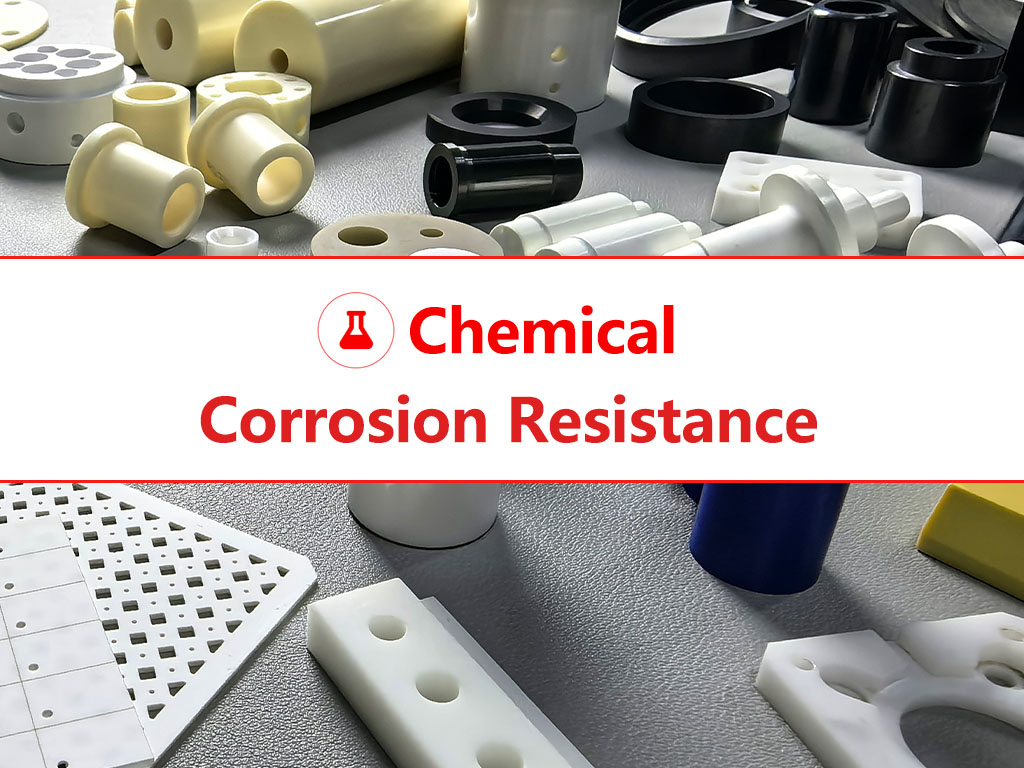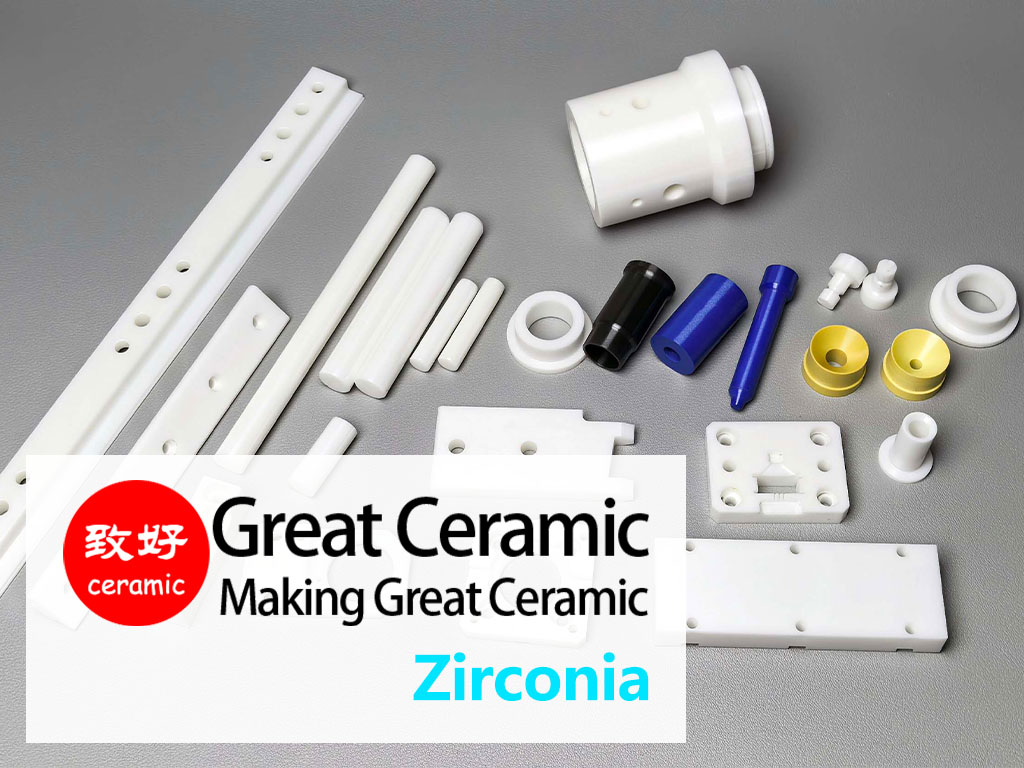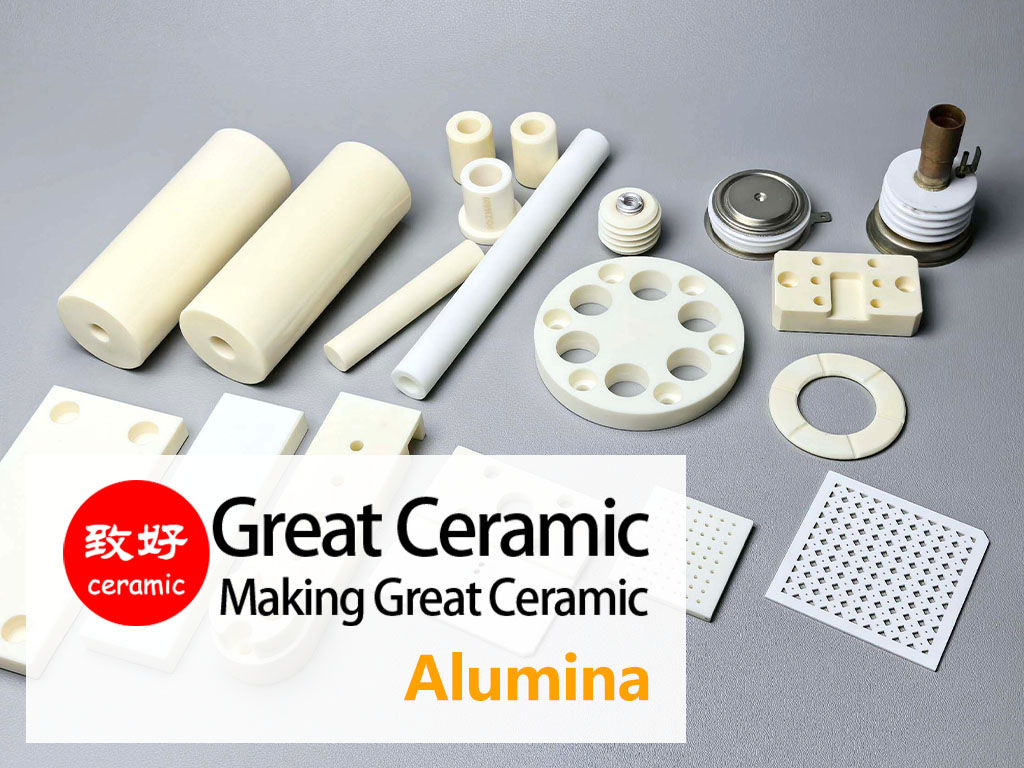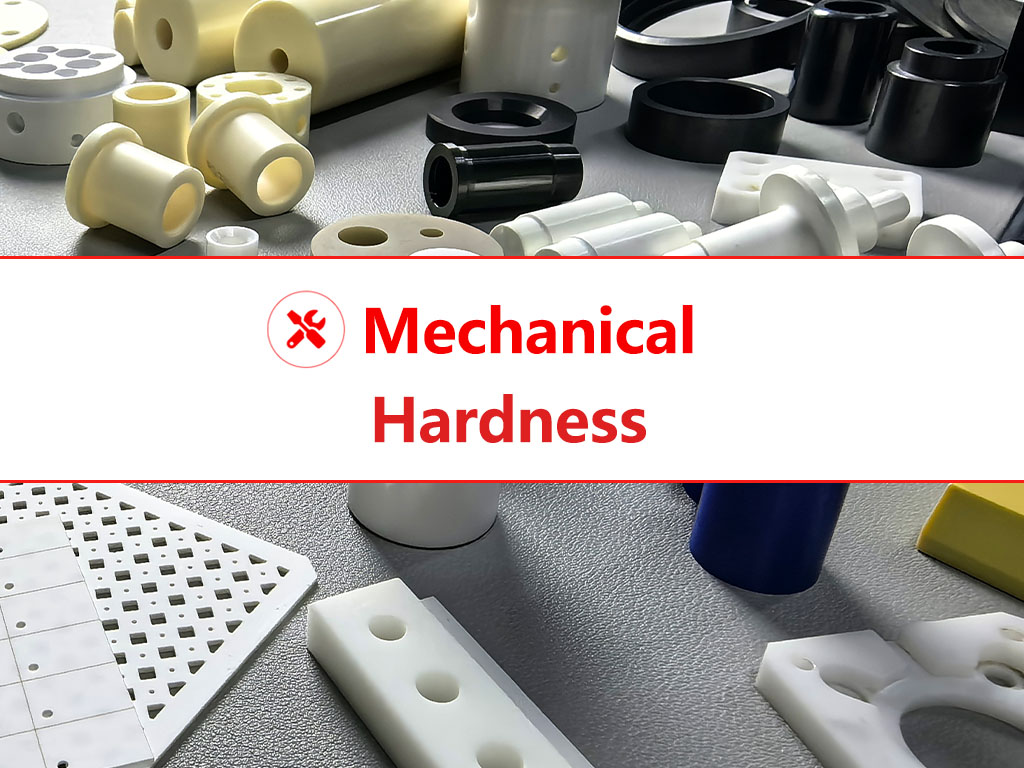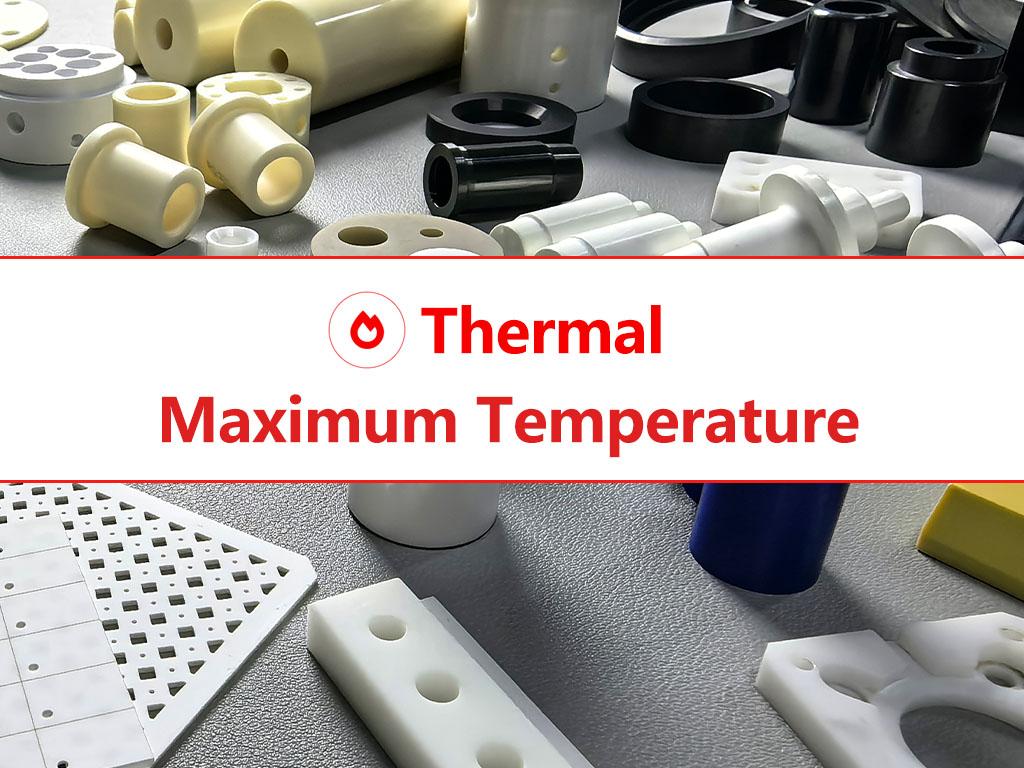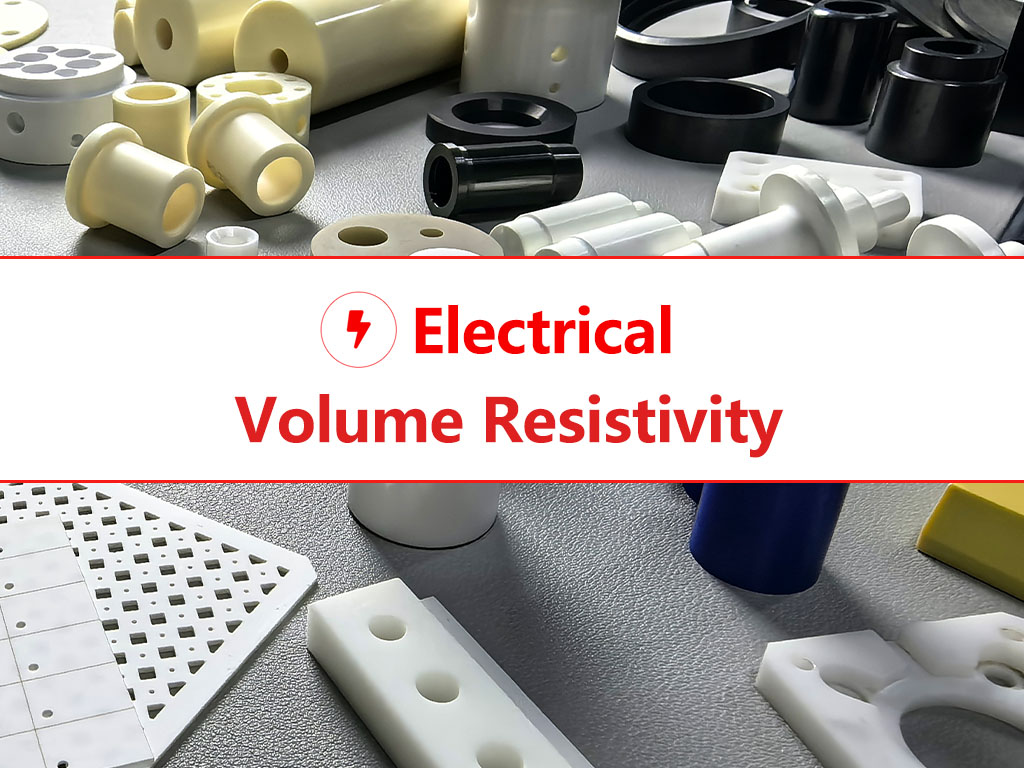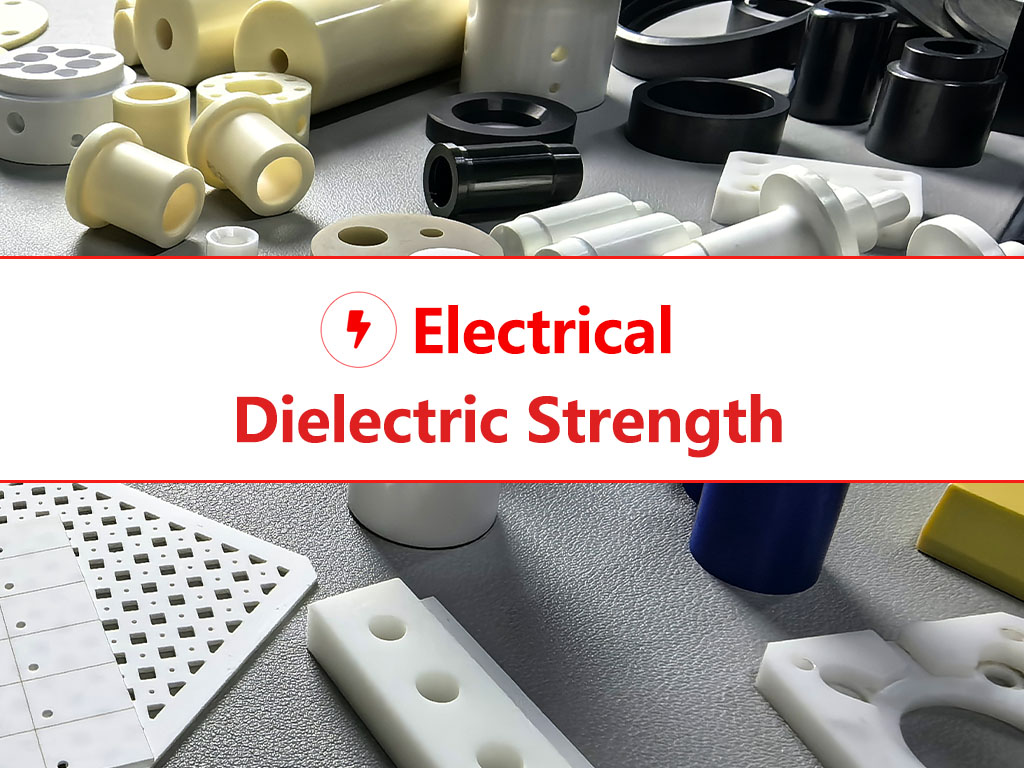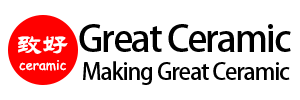耐食性とは何か、なぜ重要なのか?
耐腐食性とは、酸、アルカリ、塩などの化学的環境にさらされても、劣化することなくその構造と性能を維持する材料の能力のことである。
アドバンスト・セラミックス アルミナ, ジルコニア(ZrO₂), 炭化ケイ素そして 窒化ケイ素 (Si₃N₄) は、強いイオン結合または共有結合を持つ無機非金属材料である。このため、腐食に対する耐性は、一般的な金属よりもはるかに優れている。 金属 そして エンプラ.
アドバンスト・セラミックスにとって、この特性は極めて重要である:
アドバンスト・セラミックスの化学的安定性の利点
セラミックスの耐食性に影響を与える要因
酸性媒体中におけるセラミックスの溶解速度(実験データ)
以下の表はその例である。 測定された溶解速度 一般的な腐食性媒体における主要セラミック材料の長期的な化学的耐久性を示す:
| 素材 | ミディアム | 温度 | 期間 | 溶解速度(mg/cm²/日) |
|---|---|---|---|---|
| アルミナ(Al₂O₃) | 塩酸 (10%) | 100°C | 24 h | ~0.02 |
| ジルコニア (ZrO₂) | h₂so₄ (30%) | 150°C | 24 h | ~0.015 |
| ZTA20 | 塩酸 (10%) | 100°C | 24 h | ~0.025 |
| 窒化ケイ素 (Si₃N₄) | NaOH (20%) | 80°C | 72h | ~0.01 |
| 窒化アルミニウム(AlN) | 純水(pH7) | 室温 | 7日 | ~0.5 |
| 炭化ケイ素(SiC) | HNO₃ (50%) | 120°C | 48 h | <0.01 |
| 酸化ベリリウム (BeO) | 塩酸 (10%) | 90°C | 24 h | ~0.02 |
| 六方晶BN(h-BN) | h₂so₄ (98%) | 100°C | 24 h | ~0.15 |
| MGC(マシナブル・グラス・セラミック) | NaOH (10%) | 80°C | 24 h | ~0.2 |
注:AlNやMGCのような材料は、水溶液やアルカリ水溶液中で反応性が高いが、SiCやAl₂O₃は酸にも塩基にも極めて不活性である。
*データは参考値です。
主要セラミック材料:特性と使用例
各先端セラミック材料の詳細情報を見るには、青いフォントをクリックしてください:
| 素材 | 化学的安定性ハイライト | 一般的なアプリケーション |
|---|---|---|
| アルミナ(Al₂O₃) | 酸性および塩基性媒体に対して非常に不活性 | 半導体器具、医療用インプラント |
| ジルコニア (ZrO₂) | 酸に安定、耐アルカリ性は限定的 | ポンプ、バルブ、センサー |
| ZTA20 | 靭性と耐食性の向上 | 構造部品、摩耗部品 |
| 窒化ケイ素 (Si₃N₄) | 酸や熱酸化に強い | ガスタービン、自動車エンジン部品 |
| 窒化アルミニウム(AlN) | 優れた耐薬品性、高い熱伝導性 | 電子基板、ヒートシンク |
| 炭化ケイ素(SiC) | ほぼすべての化学薬品に対する優れた耐性 | 化学反応器、シール、熱交換器 |
| 酸化ベリリウム (BeO) | 化学的に安定で、熱的に優れている | 軍用エレクトロニクス、宇宙システム |
| 窒化ホウ素(BN) | 不活性、高温でも反応しない | るつぼ、反応性雰囲気中の絶縁体 |
| 機械加工可能なガラスセラミック(MGC) | 耐薬品性に優れ、機械加工が容易 | 試作品、真空部品 |
関連知識のポイント
一般的な材料の耐食性比較
この図は、3つの代表的な腐食性媒体における各種先端セラミック材料の溶解速度比較(単位:mg/cm²/日)を示しており、酸、アルカリ、塩環境における各種先端セラミック材料の化学的安定性を直感的に理解することができます。
材料をクリックすると詳細が表示されます:
上記の材料をクリックすると、腐食データと試験方法が表示されます。
*データは参考値です。
